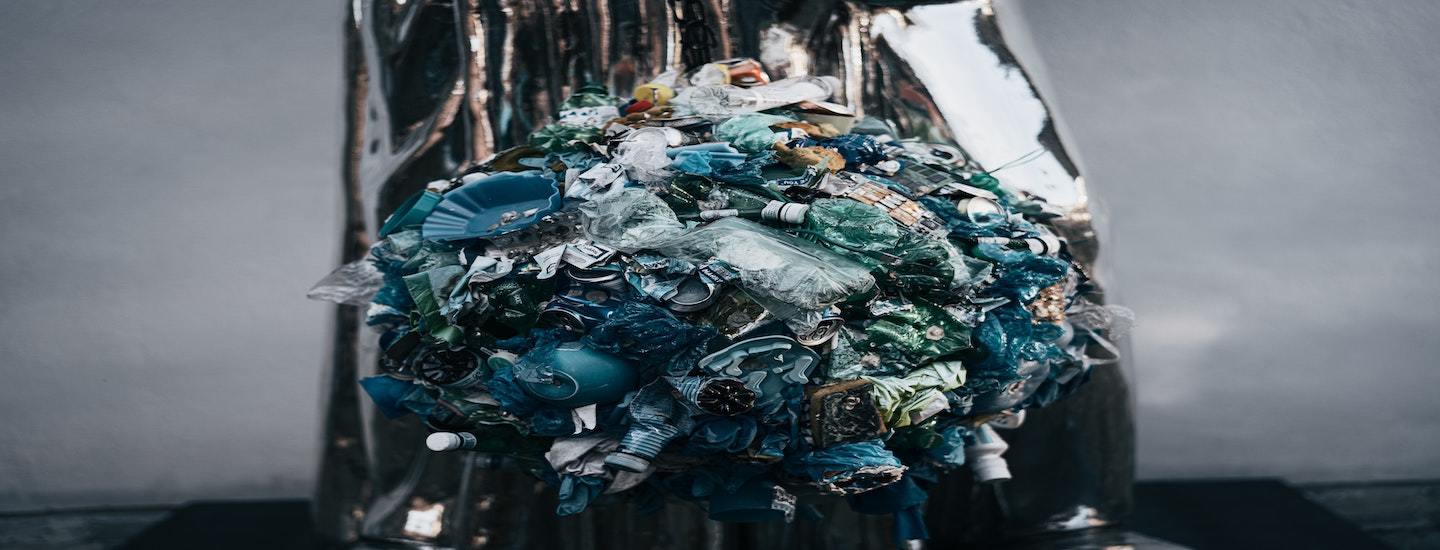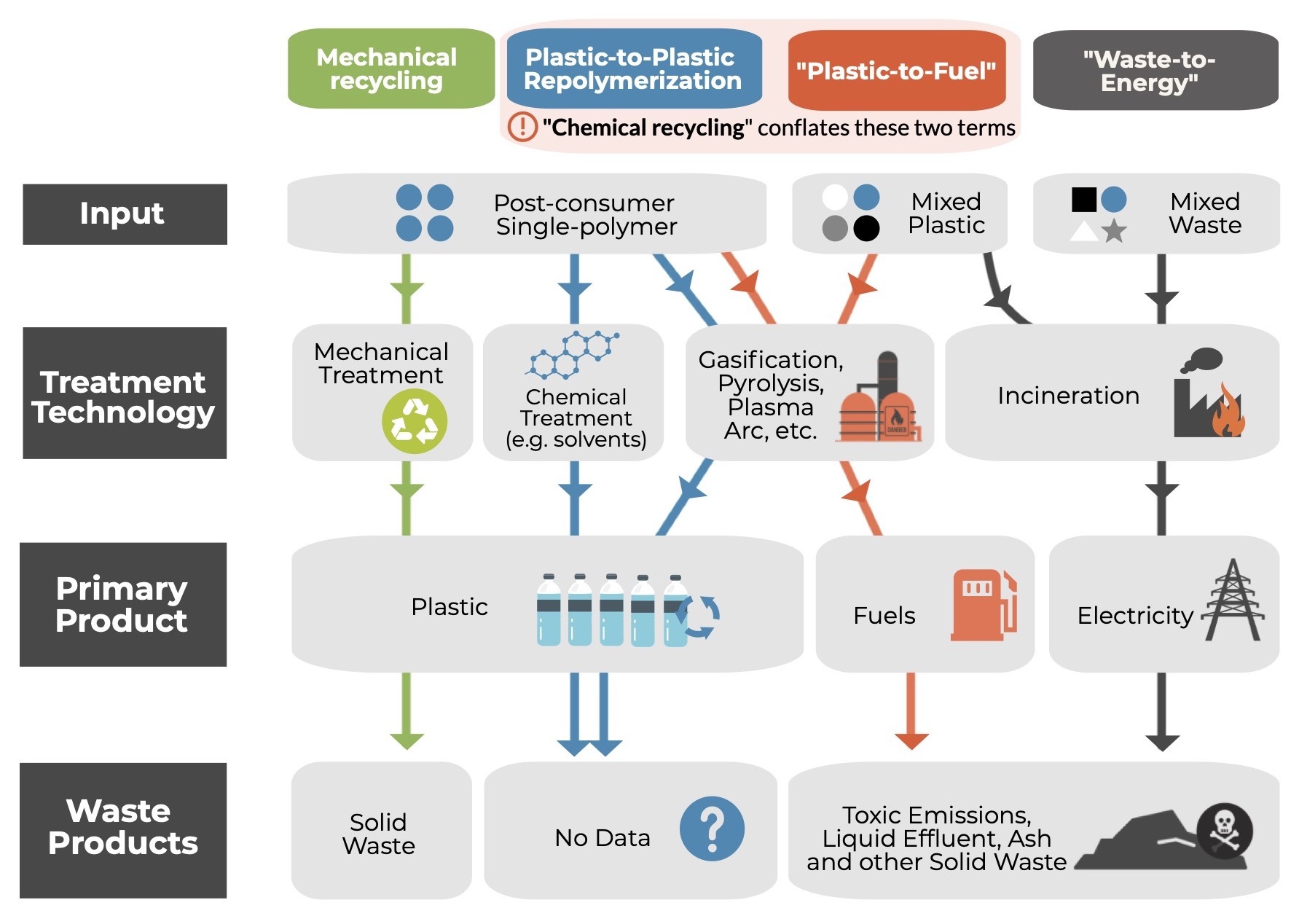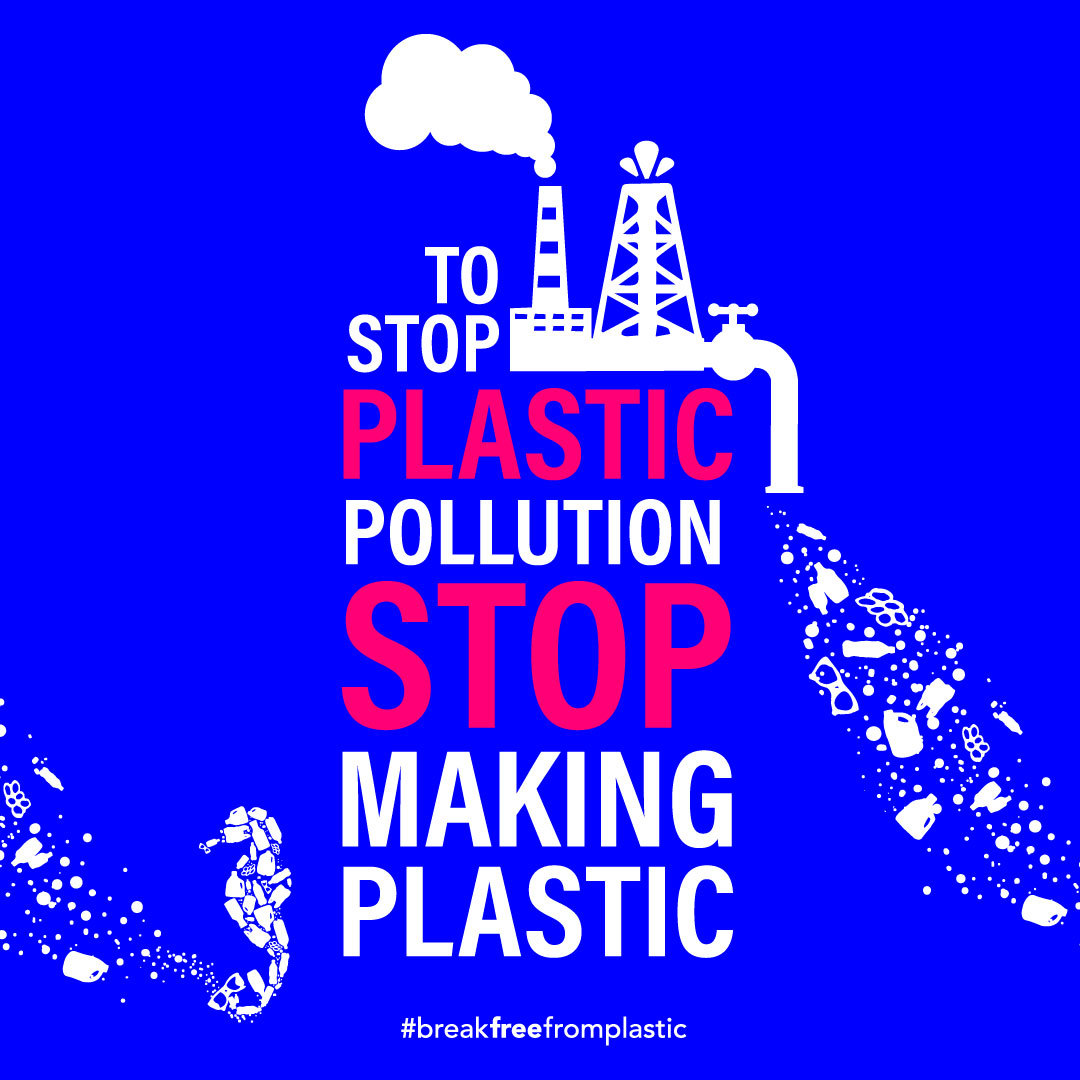
Same Old Song & Dance
For decades the plastics industry has pushed the responsibility of our waste crisis from producers to consumers. Industry-funded organizations want us to believe that careless, littering individuals are responsible for the plastic pollution crisis. In reality, the fossil fuel industry has always known that recycling would never solve the problem of plastic waste. Nonetheless, even as consumers increasingly show concern about how plastic is harming everything from our ocean to human health to the climate itself, the plastic industry continues to ramp up efforts to sell recycling as a solution. This time, manufacturers are promoting what they refer to as “advanced recycling,” an umbrella term used to greenwash old incineration technologies, namely pyrolysis and gasification.
Chemical Conversion! Chemical Recycling! Molecular Recycling!
You may have heard these phrases over the last couple years and you’d be forgiven for wanting to believe in them. But what these terms – used along with "advanced recycling" – typically refer to is plastic-to-fuel operations. In these facilities, mixed plastic waste is heated in order to create low-quality diesel fuels or synthetic gas (syngas) which is typically burned onsite or else shipped off to be blended with cleaner commercial fuels and burned elsewhere. Uncontrolled pollution from these processes pose significant health and safety risks for local populations, placing a heavy toxic burden on workers and surrounding communities, the majority of which are low-income and communities of color.

Graphic courtesy of the Global Alliance for Incinerator Alternatives (GAIA)
Roughly 40 plastic-to-fuel facilities have come online in the U.S. over the last 20 years, most of them shuttered by insurmountable technical failures and the exorbitant cost of sourcing, transporting, and purifying inherently contaminated feedstocks of mixed plastic waste. Of the plants supposedly still in operation, none of them are creating new plastic. In 2018, a polystyrene pyrolysis plant in Oregon that purports to create virgin-like styrene and is widely touted as the paragon “advanced recycling”, sent nearly 500,000 lbs of hazardous waste to be burned in cement kilns across the country, filling the air in communities like Tacoma, Wash. and Hannibal, Mo. with benzene and vinyl chloride.
Advanced Plastic Burning
Pyrolysis and gasification units have been regulated as incinerators since the 1990 amendments to the Clean Air Act. In the waning years of the Trump administration, the Environmental Protection Agency (EPA) sought to exempt certain pyrolysis and gasification incinerators from municipal solid waste regulations. Sierra Club and Earthjustice responded with a lawsuit arguing that the proposed exemption was not only arbitrary, but unlawful. As a result, the EPA solicited stakeholder feedback as part of their rulemaking process, and Surfrider, along with scores of other environmental organizations and environmental justice groups, submitted a letter demanding that the EPA uphold its legal mandate to regulate pyrolysis and gasification units as incinerators under the Clean Air Act.
And the fight isn't only at the federal level. The American Chemistry Council is angling to embed advanced plastic burning in a number of Extended Producer Responsibility (EPR) laws in state legislatures across the country. They continue to push legislation that reclassifies pyrolysis and gasification as manufacturing processes rather than solid waste disposal, effectively exempting operations from stringent air emissions regulations. As of this writing there are 18 states that have passed such laws, with 9 more on the horizon. And locally, site fights are popping up as fast as facilities are announced. Fierce grassroots orgs like Brown Faces Green Spaces and Environment Georgia are on the ground pushing back against these industy boondoggles while advocates at GAIA, Earthjustice, and California Communities Against Toxics continue to pressure the EPA.
True Solutions
When discussing these technologies, we need to stop using industry lexicon and instead call out these fanciful innovations for what they are: incineration technologies hidden within an industry shell game that has nothing to do with recycling and will only incentivize petrochemical expansion and the creation of more plastic waste.
There is mounting evidence to suggest that humans are the ultimate repositories of plastic waste. In our throwaway society, we have become away. Whether through traditional incineration or nouveau ploys to combust plastic waste, false solutions like so-called advanced recycling will only move our landfills into our air. And while there is no silver bullet to our waste crisis, the best way to stop the flow of plastic pollution is to turn off the tap. Policymakers must advance progressive measures to hold producers responsible for the products they create while supporting community-based zero waste initiatives that center prevention, reduction and reuse.
Surfrider has been advocating for source reduction for over a decade and our chapters have successfully led myriad plastic bans across the country. With the recent global mandate to establish a legally binding treaty that addresses the full lifecycle of plastic, the U.S. has a moral responsibility as the world’s largest producer and exporter of plastic waste to present bold upstream solutions. The Break Free From Plastic Pollution Act is a great place to start.
